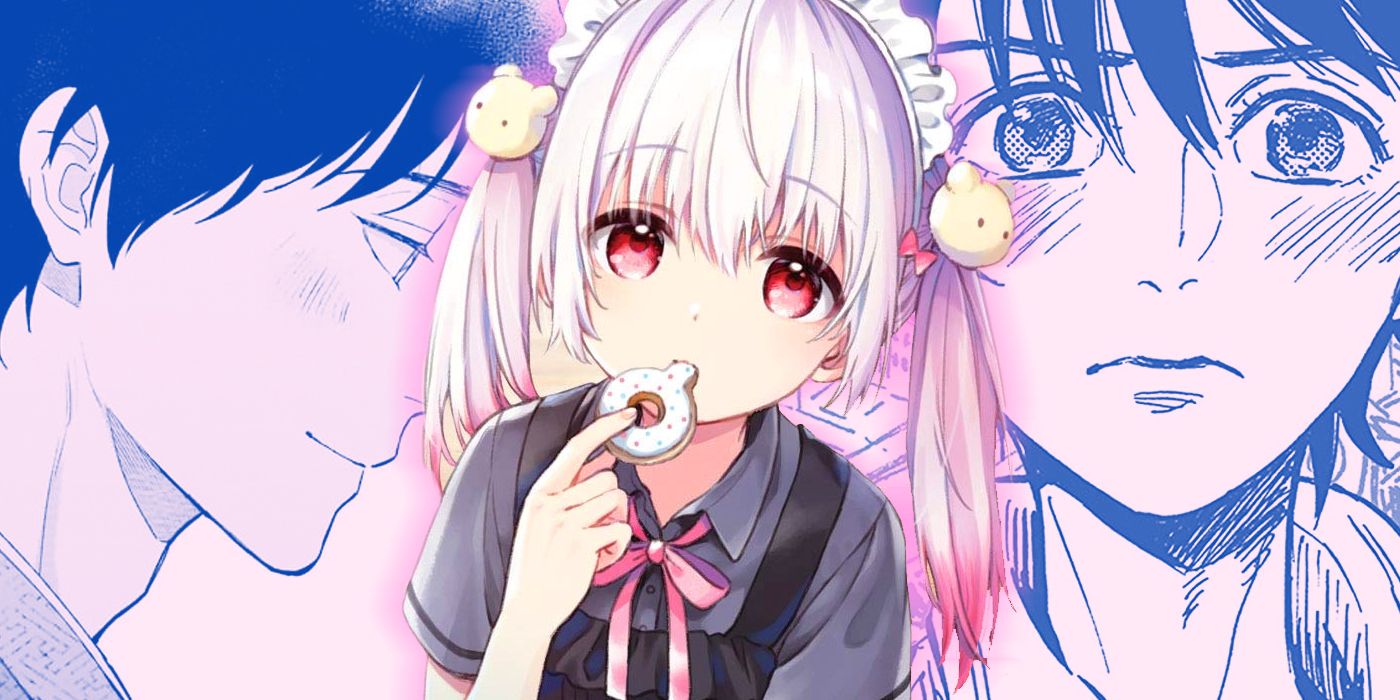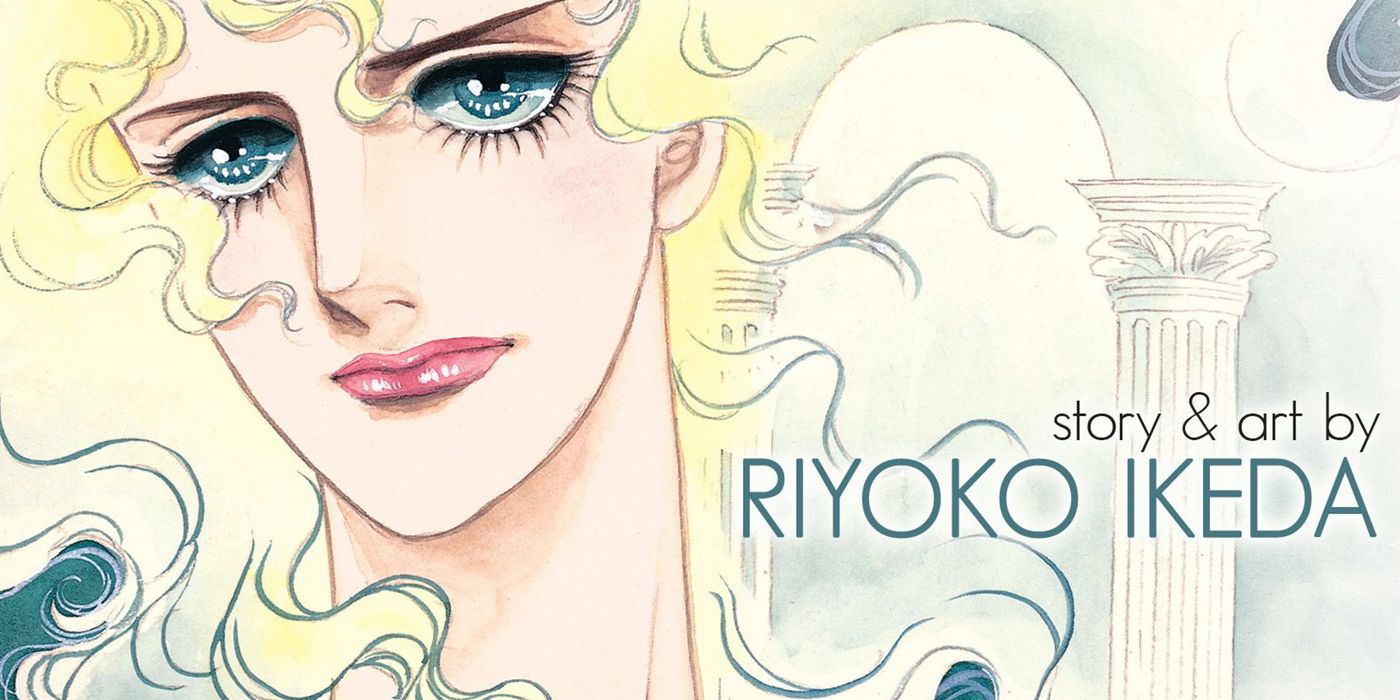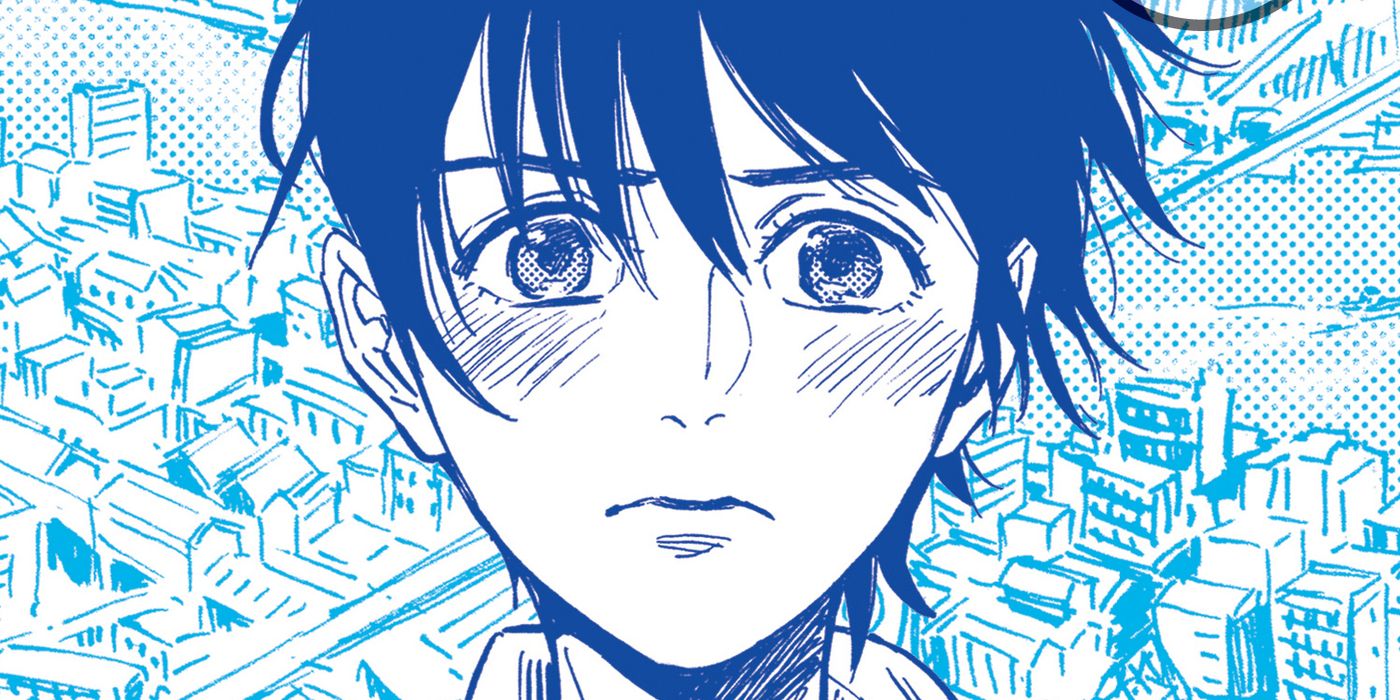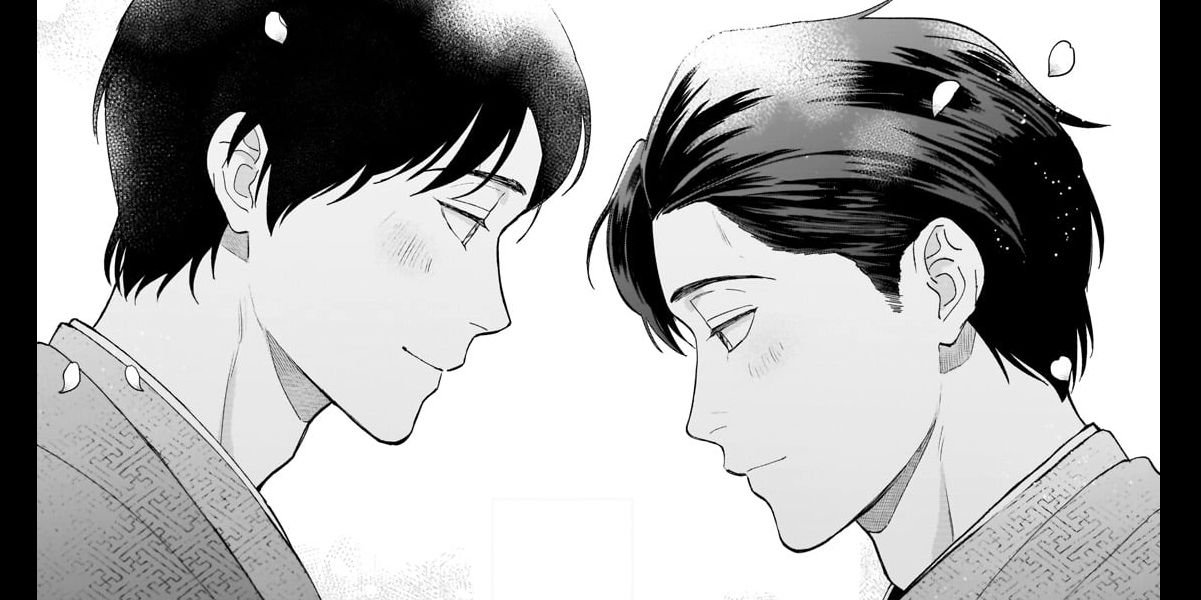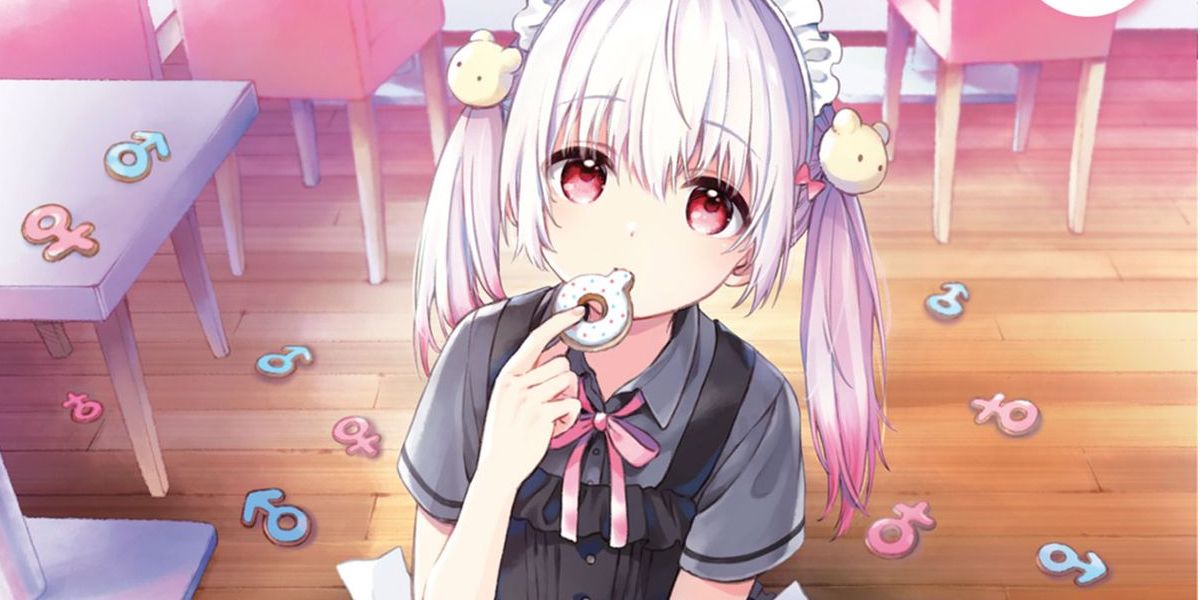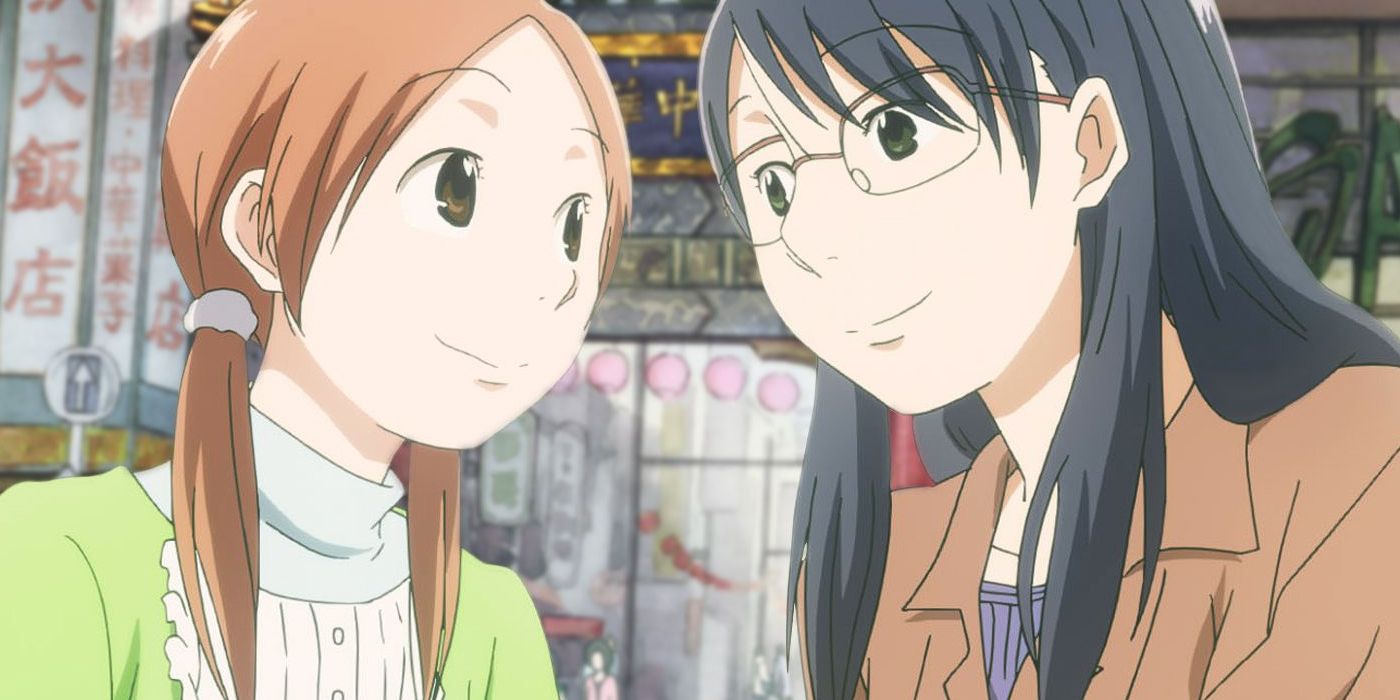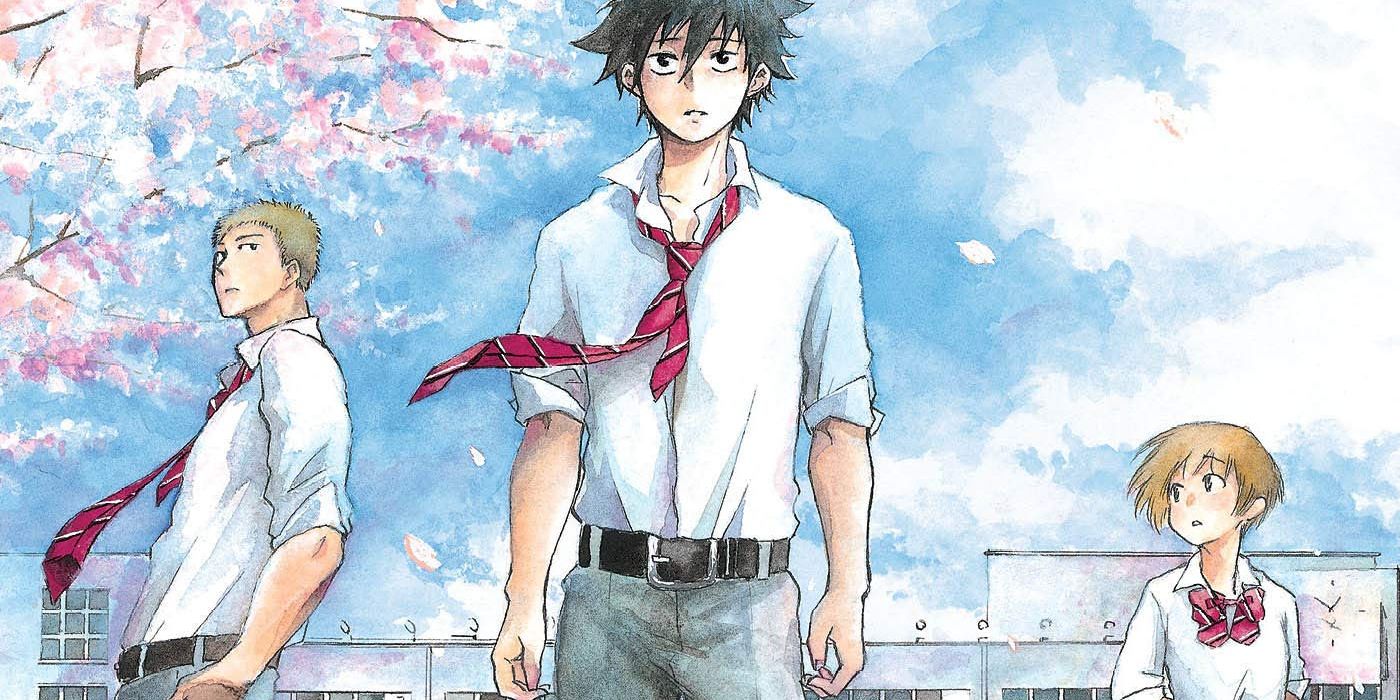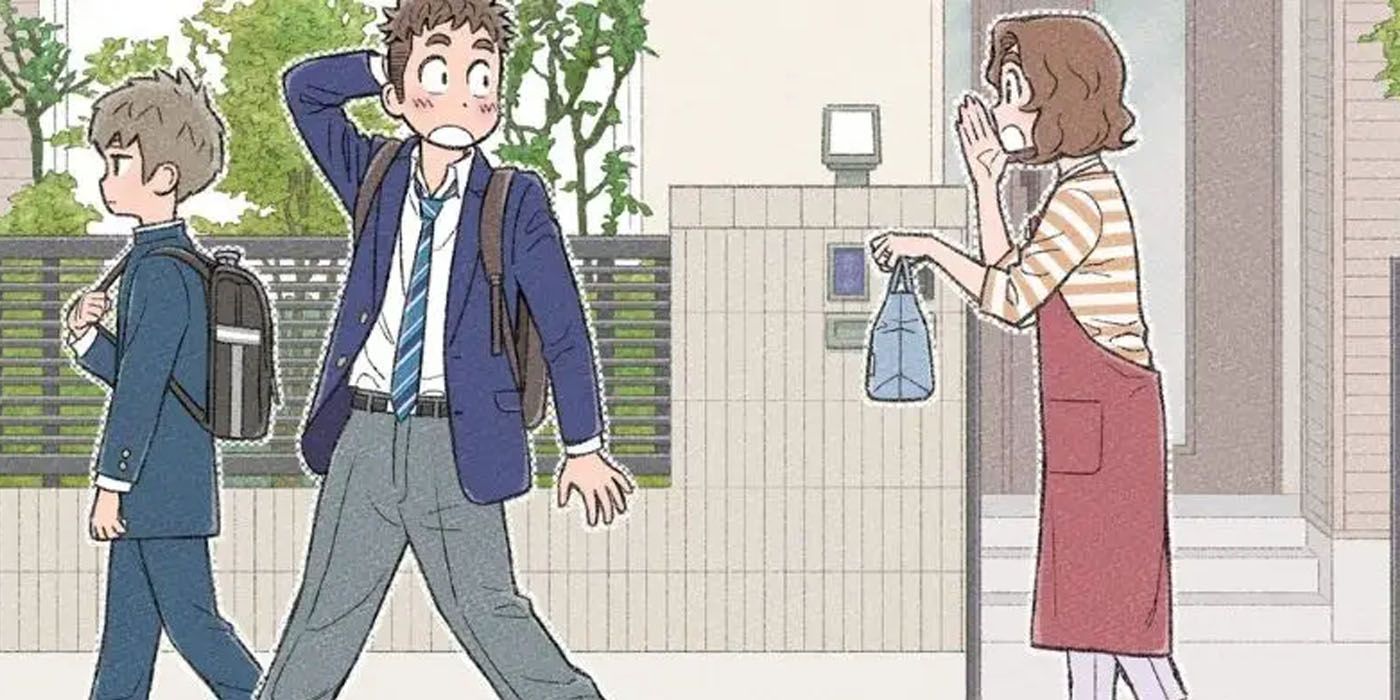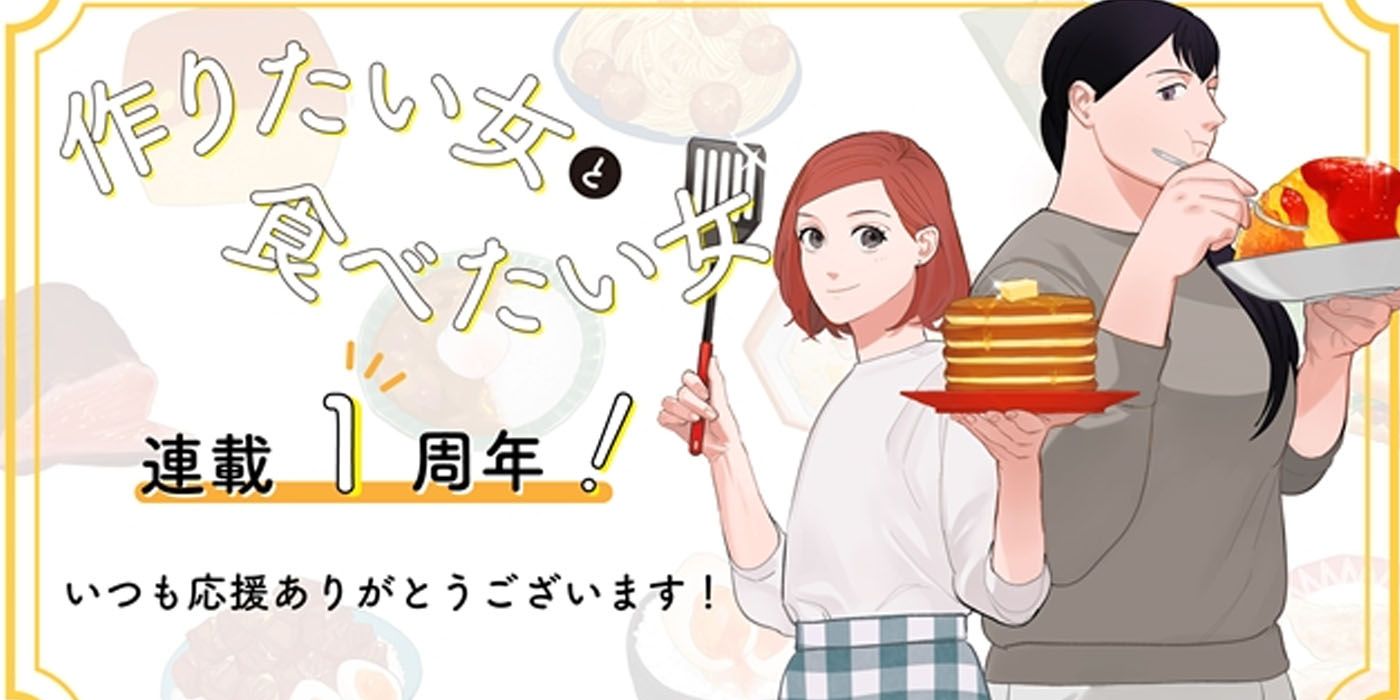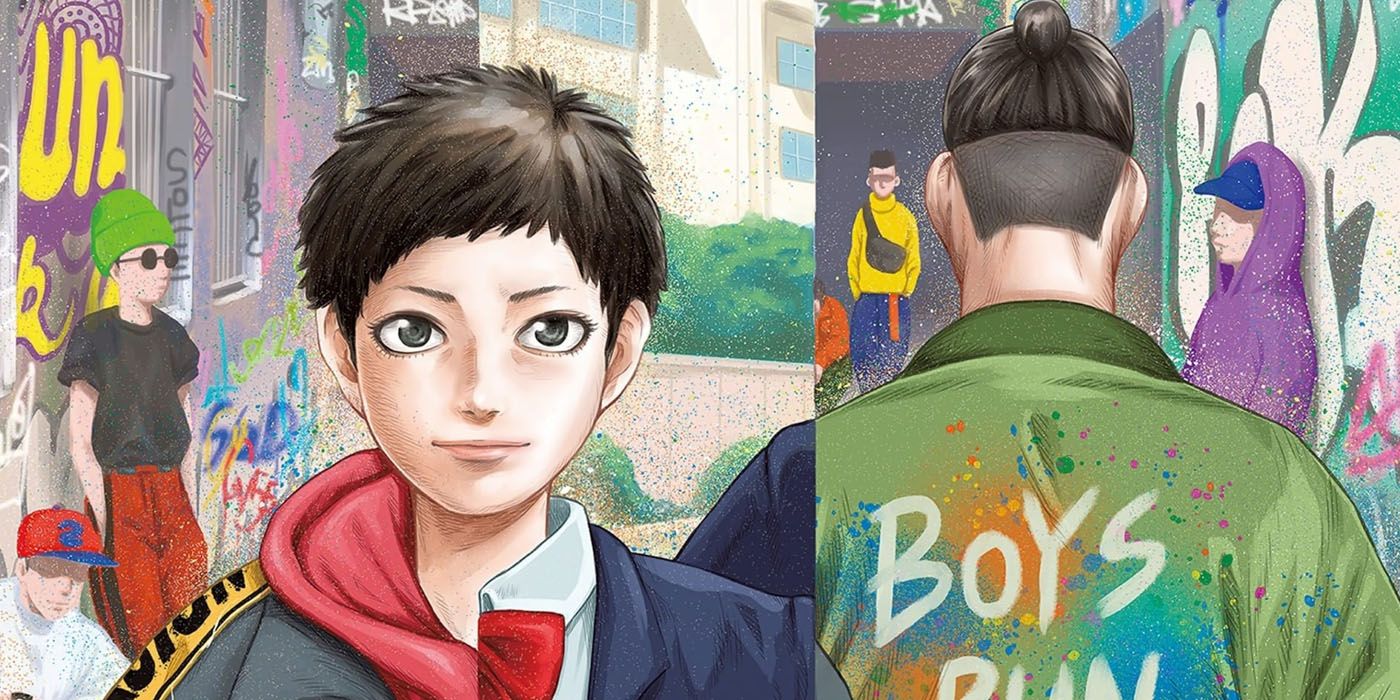LGBTQ representation is rather complicated in anime and manga. Though the yaoi and yuri genres exist and have helped pave the way to normalizing LGBTQ identities, many series are considered fetishistic and written for the straight female or male gaze. Fortunately, some manga artists have also done their parts to include this kind of representation in non-yaoi/yuri titles. The famous group CLAMP's romance is unconcerned with gender and Sailor Moon notably has a canon lesbian couple. In general, LGBTQ representation in anime and manga has slowly made strides and is now making its way further and further into the mainstream.
Obviously, an author also doesn't necessarily have to be a member of the community to include this kind of representation or tell a good story, but it's difficult to pinpoint specific stories that aren't just yuri or yaoi. In the past, CBR offered recommendations for Pride month focussed on this kind of manga, but it's never a bad thing to continue to uplift LGBTQ stories throughout the year. With that in mind, here are some important LGBTQ manga that deserve a read.
Claudine Features an Early Transgender Protagonist
Claudine is a manga by the prolific Riyoko Ikeda, who also published The Rose of Versailles and Dear Brother. The Rose Of Versailles and Dear Brother are also manga that explore LGBTQ themes, with The Rose Of Versaille's Lady Oscar breaking gender roles and Dear Brother being a tragic drama with multiple gay women. However, Claudine is revolutionary for featuring one of the first transgender protagonists in manga. The manga follows the protagonist, Claude, as he comes to terms with his gender identity and falls in love with multiple women throughout his life.
Claudine, unfortunately, is a product of its times. It's not perfect -- it ends in tragedy and, well, the title of the manga is Claude's dead name. Still, most of Claude's family tends to support his identity, and the manga doesn't treat Claude's circumstances and demise as an inevitability but rather, a fault of society. Though it's definitely an uncomfortable read, Claudine is still a part of manga's LGBTQ history. It can be read via Seven Seas Entertainment.
Our Dreams at Dusk Has an Emotional Lasting Impact
Our Dreams at Dusk was previously mentioned in CBR's pride month recommendations, but it's still an extremely important manga to talk about. The mangaka, Yuhki Kamatani, is openly asexual and X-gender. Yuhki Kamatani frequently explores LGBTQ themes (notably with Yoite in Nabari no Ou as well as their other work, Shonen Note), but Our Dreams at Dusk is heavily based on their personal experiences.
The protagonist, Tasuku Kaname, is about to take their own life after being forcibly outed -- until he is "saved" by a woman who calls herself "Anonymous." Anonymous then introduces Tasuku to a community with individuals similar to him, and Tasuku slowly learns to accept himself. Only four volumes long, Our Dreams at Dusk has both beautiful, symbolic art and a heartfelt story leaving a lasting impact -- which is why it's one of the most recommended LGBTQ manga in the West. Our Dreams at Dusk is available from Seven Seas Entertainment.
Until I Meet My Husband Explores Ryosuki Nanasaki's Life
Until I Meet My Husband hasn't been translated into English just yet but it's absolutely a title to keep on a lookout for, which is why it's on this list. Until I Meet My Husband is a manga illustrated by Yoshio Tsuzuki that focuses on gay activist Ryosuke Nanasaki's life. Nanasaki wrote a variety of essays detailing his experiences as a gay man, and the manga follows various events that shaped Nanasaki into who he is today.
The untranslated text can be read here for free from the official source, so flip through the pages while you're waiting for an official translation.
Love Me for Who I Am Provokes Reflection on Gender
Love Me For Who I Am's art makes it seem like a moe manga, but the manga actually delves into some serious subjects. Love Me For Who I Am, by Kata Konayama, starts with one of the main characters, Tetsu Iwaoka, inviting his loner classmate Mogumo to work for his family's maid cafe. The maid cafe caters to a specific niche, employing only "girly boys." However, Mogumo tells Tetsu that he shouldn't assume someone's gender because of their presentation. Mogumo is actually nonbinary and causes the cast to reflect on their assumptions about gender.
Though the manga mostly focuses on Mogumo, other supporting characters are LGBTQ -- including a trans girl, a lesbian and a gay couple. Don't let the cutesy art fool you; Love Me For Who I Am does have some humorous and lighter moments but ultimately has a serious storyline with various people attempting to understand what it means to be nonbinary and confronting their inner prejudices. Love Me For Who I Am is licensed by Seven Seas Entertainment.
Coming of Age In Sweet Blue Flowers Is Bittersweet
Sweet Blue Flowers is by Takako Shimura, who frequently explores LGBTQ themes in her work. Her most famous work is Wandering Son, but Wandering Son's ending is rather controversial due to the treatment of the character Yoshino. Wandering Son is still considered a popular LGBTQ manga nonetheless but Sweet Blue Flowers is another coming-of-age story that should be paid attention to.
Sweet Blue Flowers follows two protagonists, Fumi and Akira, who are recently reunited childhood friends. The two attend high school and build various relationships, but Fumi's first love has secretly always been Akira, though she comes out to Akira and dates a senior before Akira finds out. Sweet Blue Flowers is a sweet romance that many will enjoy. It is localized by Viz Media.
Blue Flag Deals With Homophobia and Outing
Blue Flag, by mangaka KAITO, seems like a generic love triangle at first glance. Taichi has always felt inferior to his popular friend Touma, and thus keeps his distance as they approach their senior year. Then, a quiet girl named Futaba admits her love for Touma and asks Taichi for his help in winning Touma over. Taichi avoids Futaba at first, but the two soon become closer. However, a surprising twist threatens their blossoming romance, and Taichi realizes he definitely doesn't know Touma as much as he thought he did.
One common criticism of Blue Flag is that the manga's conclusion ends up feeling rushed, but Blue Flag is still an extremely important manga. It's an LGBTQ manga that deals with being outed and homophobia -- and it was published in Weekly Shonen Jump, one of the biggest, most popular manga magazines, catering mostly to young boys. For such a title not to be marketed as yaoi and make it into the pages of such a major magazine shows the strides that LGBTQ media is slowly making. Some of Blue Flag can be read on Jump's Manga Plus app, while Viz Media is localizing and releasing its printed volumes.
I Think Our Son Is Gay Resonates With a Mother's Love
One of the most intriguing points of Okura's I Think Our Son Is Gay is the fact that it comes from the perspective of Tomoko, a loving and supporting mother who recognizes her oldest son Hiroki's sexuality, but doesn't call him out. Instead, she watches from a distance as he fumbles to protect his sexual awakening and identity, wishing him only happiness. Hiroki's father Akiyoshi, on the other hand, doesn't approve of homosexuality. Instead of villainizing him, however, Okura demonstrates throughout that he does care about Hiroki, and from time to time Tomoko nudges her husband toward coming to understand the LGBTQ world that their son is obviously a member of and encouraging acceptance.
The series combines a mother's love with humor, as Hiroki tries and fails to avoid coming out and Tomoko wishes him well from the sidelines. Published in English by Square Enix Manga, volumes 1-4 are currently available.
She Loves to Cook, and She Loves to Eat Explores Maturity
Created by Sakaomi Yuzaki and distributed in English by Yen Press, She Loves to Cook, and She loves to Eat is a food-oriented, slice of life manga about two adult neighbors whose friendship over sharing delicious food begins to blossom into something more. Nomoto has always found the kitchen to be the best place for her to unwind, but more often than not she winds up making far more food than she could ever eat alone. An impromptu dinner invitation to her neighbor Kasuga sparks a friendship over their shared love of food and flavor that over time grows to become something much more.
While She Loves to Cook, and She Loves to Eat is considered yuri in the mainstream, the age of the characters and maturity of the relationship that develops between them expands the boundaries. What establishes between them isn't experimental curiosity; it's a romantic and emotional relationship that goes so much deeper than a physical and sexual connection. The manga creator has even used the characters and their likeness in charity events in an effort to promote the legal recognition of same-sex marriage in Japan.
Boys Run the Riot Offers Security for a Struggling Trans Teen
From the perspective of transgender mangaka Keito Gaku, Boys Run the Riot follows Ryo, a trans teen boy searching for an escape from the terrifying reality of coming out to a world he fears won't understand and the anxiety he feels every day. Not only does he have a crush on his best friend, who has no idea he's transgender, but he's constantly facing his mother's criticism over why her "daughter" dresses like a boy. That's just it though: Ryo only feels safe and comfortable when he's wearing his favorite clothing.
This revelation, coupled with the arrival of a cisgender male transfer student, provides Ryo with an outlet. The pair begin working together on their own line of men's street fashion, and as he finally finds the strength to come out at school, Ryo faces those who feel betrayed by his secret, alongside those who accept him just as he is, in style.

